In Time’s top 12 most dangerous counties in America, five were counties in Southern California: San Diego, Riverside, San Bernardino, Orange and Los Angeles. So it’s clearly no secret that the SoCal region sees its fair share of numerous kinds of natural disasters, the most dangerous of which are flooding, wildfires, earthquakes and landslides.
This guide is designed to help you be prepared for any and all of these natural disasters in Southern California. It will give you information about each kind of event and warning signs each is coming, as well as how to avoid and handle damage before, during and after any of the disasters occur. It will also teach you how to put together your own emergency kit for your car or home to have on-hand and ready when disaster strikes.
Be Prepared: Your General Emergency Safety Kit
You never know when beautiful skies may turn dark with black rainclouds or an earthquake will rock the ground you’re standing on. It’s important to be as prepared for disaster as possible, and that includes a general emergency safety kit for your home and/or car. Your kit should include items like:
- A tool kit and/or multipurpose utility tool
- Flashlight and extra batteries
- Compass
- Duct tape
- First aid kit with gauze, bandages, tape, antibiotic ointment, aspirin, scissors, hydrocortisone, non-latex gloves, tweezers and a thermometer
- Family and emergency phone numbers (including insurance providers)
Car emergency kits should also include:
- Well-inflated spare tire, lug wrench and tripod jack
- Jumper cables
- Reflective triangles and brightly-colored cloth to make your vehicle more visible
- Car charger for your cell phone
- Reflective vest
- Rain poncho
- Various items depending on your climate, such as a snow shovel or cat litter for traction
If you have an elderly parent or special needs child in your household, have an emergency supply kit that includes:
- A two-week supply of all disposable medical supplies like dressing materials, nasal cannulas, or suction catheters
- A two-week supply of all medications, both prescription and over-the-counter
- Copies of prescriptions for medical equipment, supplies and medications
- Generator or back up batteries for any electrical medical equipment
- Extra batteries for hearing aids and communication devices
- Special dietary foods
It’s also important to have extra food and water set aside for emergency situations. Ideally, an emergency food kit will sustain you for at least three days. There should be a gallon of water per person per day for drinking and sanitation purposes. Include a can opener, moist towelettes, garbage bags and plastic ties for personal sanitation with your stash. Local maps, copies of important documents and emergency cash should be kept in a safe, but accessible spot.
Extra blankets and clothes are always a good idea, especially depending on the climate and season. And don’t forget food and water for your pets!
If you want to be prepared to the max for disasters, additional emergency kit items may include:
- Sleeping bags or extra bedding
- Fire extinguisher
- Matches in a waterproof container
- Feminine hygiene and personal hygiene objects
- Paper towels, as well as disposable cups, plates and utensils
- Games, books, puzzles or other activities to keep children busy
Your future home is just a tap away
Explore homes with the Redfin app anytime, anywhere.
Flooding
Your future home is just a tap away

Believe it or not, floods are the number one natural disaster in the United States. A California flood can happen at any time, and they often occur after the melting of winter snow, following tropical storms and after heavy spring rains. The region’s dry rivers, creek beds and deep-grooved canyons are especially dangerous for anyone caught by a rapidly-moving flash flood.
A “flood watch” means “be aware,” because conditions are right for flooding in your area. If you’re in a low-lying region, immediately move to higher ground if it’s safe to do so. Stay close to a computer, television or radio to get the latest weather updates and emergency alerts. Time-permitting, prepare your home by bringing in outdoor furniture and disconnecting electrical appliances. (Remember not to touch anything electrical if you or the object is wet.) If instructed, turn off your gas and electricity at the main switch or valve.
A “flood warning” means “take action now,” because a flood is either happening or will shortly. In the event of a flash flood warning, move immediately to higher ground or stay on high ground, and evacuate if instructed.
Never underestimate the strength of a growing flood. It takes only six inches of rapidly flowing water to knock down a person, and only two feet to float a large vehicle. These waters can move boulders, rip out trees, destroy bridges and even knock down buildings.
If caught out in a flash flood, stay away from floodwaters. If you happen across a flowing stream where water is above your ankles, stop, turn around and go another way, heading for higher ground. “Turn around, don’t drown” is a common flood safety key: when driving in high rain conditions, if you come upon a flooded road, turn around and go another way. If caught on a flooded road with waters rising rapidly around you, immediately get out of the car and move to higher ground.
Following a flood, return home only when authorities confirm it is safe. Floodwaters often erode roads and walkways, so be wary while driving and watch out for debris. Don’t attempt to drive through areas that are still flooded and avoid standing water — it could be electrically charged from underground or downed power lines. Photograph property damage for insurance purposes. Flood insurance is available to homeowners, renters, commercial owners and renters, and condo owners and renters. Costs vary, but in 2014, the average flood insurance policy was about $700 per year — well worth the cost should disaster strike!
Wildfires
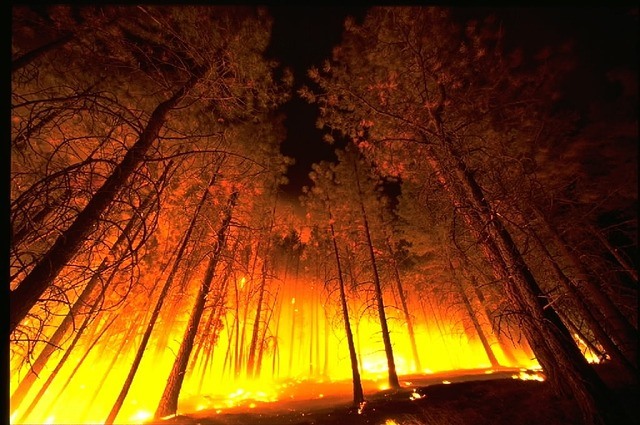
Wildfires can be a product of nature (accumulated dead leaves, twigs and trees create enough heat to spontaneously combust and ignite the surrounding area) or a product of human carelessness (arson, improper disposal or a lack of fire safety).
It’s nearly impossible to say exactly when a wildfire will endanger your home, but there are precautions you can take to protect it. Create and maintain clearance all around your house and follow proper guidelines for burning debris on your property or when having a campfire. Cut your weeds and dry grass before 10 a.m. when the humidity is higher and temperatures are cooler. Regularly check your smoke detector battery, keep working fire extinguishers on-hand, and practice family fire drills.
If there is a wildfire in your area, be calm but quick. If you are inside and an evacuation order is issued, leave immediately. Plan your evacuation route ahead of time and bring emergency supply kits. Wear protective clothing and footwear. Prepare your house (time permitting) by removing combustibles, including firewood, fuel cans, barbecue grills and yard waste. Close all windows, vents and doors and shut off natural gas, propane or fuel oil supplies.
If you find yourself caught in a wildfire, don’t try to outrun the blaze. Look for a body of water like a pond or river to crouch in. If there’s no water close by, find a depressed, clear area. Lie low to the ground and cover your body with a blanket or soil, staying this way until the fire passes. Breathe in air closest to the ground and through a moist cloth if possible in order to protect your lungs from smoke.
Insurance protection from fire damage can be difficult to navigate, especially as many large insurance companies have stopped writing homeowner insurance policies for many wildfire-prone areas in California. In fact, Allstate stopped writing new homeowners policies in California altogether in 2007 and in more recent years, Farmers Insurance and State Farm have become more discriminating about the specific areas in which they’ll insure homes. Be sure to check with your home insurance agent to find out exactly what your coverage includes.
Earthquakes
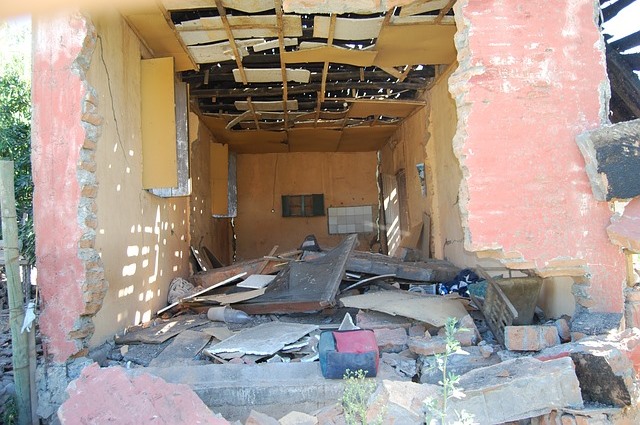
There are about 10,000 earthquakes in Southern California alone each year, most of which aren’t felt by people. Despite common belief, there is no such thing as “earthquake weather.” They can occur in any conditions at any time of the year, though there’s a misconception that March is the worst month for earthquakes.
If you’re a homeowner looking to secure your home from earthquake damage, you have several precautions you can take. A major step would be having your home secured to its foundation, a process that costs between about $2,000 and $6,000. You can also strap down your water heater — in a major earthquake, it can topple over, smash the gas line and start a fire or smash the water line and cause a flood. Bolt tall furniture like bookshelves to the wall and install latches on your cabinets. Thorough flood preparation includes having a family plan with a friend or relative outside the region serving as an emergency contact. If it does become possible to send some form of messages, it will be easier to get through to someone when their end of the communications system is functional with lines that aren’t overloaded. Choose a meeting place for your family, and become familiar with the earthquake plans for your children’s schools and day programs.
If you find yourself caught and the shaking begins, if you’re indoors, drop, cover and hold on. Get away from windows, but move as little as possible. Stay in bed if you’re already there, curl up and protect your head with your pillow. Exit the building only after the shaking has stopped. Use stairs, not the elevator. If you’re outside when the shaking starts, find a spot away from buildings, power lines, trees and streetlights. Drop to the ground until the shaking stops. If you’re driving, pull over to a clear location and stop.
Typically, earthquake insurance is not included in standard homeowners insurance policies, though coverage is available either in the form of an endorsement or as a separate policy. Earthquake coverage is available from private insurance companies, and in California, homeowners can also get coverage from the California Earthquake Authority (CEA). The CEA is a privately funded, publicly managed organization. Earthquake insurance protects against the shaking and cracking that may result from earthquakes, but not always damage that can occur from things like burst gas and water pipes. Make sure you’ve checked to see what kind of coverage your policy includes.
Landslides

Southern California’s geography is actually what makes the region susceptible to landslides. Ongoing tectonic deformation pushes up rock that’s too weak to support the steep slopes. Some of the material is geologically very young sediment that has not yet consolidated into more resistant rock. But even the older, harder rocks can be weak since they’ve been damaged by tectonic movement along the plate boundary. The weak rock gathers and quickly erodes to form steep-sided gullies and even larger valleys. This kind of rugged terrain in weak material creates the perfect conditions for landslides. SoCal sees various kinds of landslides including rock falls from steep slopes as a result of earthquakes and shallow, rapid debris flows triggered by heavy rainfall. “Mudslides,” shallow landslides of water-saturated soil and rock fragments that rapidly travel down slope, are the most common kinds of landslides.
Landslide preparedness is tricky but possible. It’s important to be informed about the landslide history of your area as they tend to occur in the same places. Watch storm-water drainage patterns on nearby slopes and keep an eye on surrounding hillsides for signs of land movement like progressively tilting fences. Create an emergency plan with your family and discuss local neighborhood and city evacuation plans.
Potential warning signs of landslides include new cracks or unusual bulges in the ground, offset fence lines, and patios and decks tilting or moving relative to the main house. Sticking doors and windows and visible open spaces that indicate jambs and frames are out of plumb are other possible landslide warning signs.
If you live in or near steep hills and a heavy rain comes, stay alert and awake. Check the news for weather updates of intense rainfall. Consider moving to a safer area if it is safe to do so, bearing in mind that driving in a heavy storm is hazardous. If you do have to drive, be on the lookout for collapsed pavement, mud, fallen rocks and other indications of possible debris flow. Listen for strange sounds that could be coming from moving debris like crackling trees or boulders knocking together. If you’re near a stream or water channel, muddy water could indicate debris-flow upstream and thus be a cue to move quickly.
When the landslide is over, the area is still at risk for additional slides, so stay away. Tune in to local news for the latest emergency information, especially in regards to floods. If possible, check for injured and trapped neighbors near the slide without entering the area and help direct rescuers to their locations. Be sure to keep an eye out for neighbors who may be elderly or have disabilities who will require special assistance. Be wary of and report downed utility lines and damaged roadways to the appropriate authorities.
Mudslides are covered by flood insurance, available from certain private insurance companies and from FEMA’s National Flood Insurance Program. Unfortunately, both are typically excluded from standard homeowners and business insurance policies. Further, it’s important to note that landslides are classified differently than mudslides. Landslides are considered to be an “earth movement” event, so they are excluded from standard homeowners and business insurance policies.
Living in Southern California may be risky, but its picturesque landscapes and mild climate certainly make it a beautiful risk. Don’t let natural disaster get the best of you and your home. Use this guide to get prepared, know what to expect and how to handle the outcome for a flood, wildfire, earthquake or landslide.
Additional Helpful Resources
The Redcross has a free emergency app with emergency alerts for your location, maps with shelter locations, and the ability to toggle between English and Spanish.
This free online software helps you create and maintain your home’s inventory, which can make insurance claims much simpler.
The Federal Emergency Management Agency (FEMA) Flood Map Service Center lets you enter your address to get a current flood map of your area, and this tutorial can help you understand it.
 About Keith Thomas Jr.
About Keith Thomas Jr.
Keith is a Redfin agent and strives every day to align his personal and professional values of transparency, honesty and integrity. He lives in Orange County, CA with his wife and two children where they love spending time at the beach and enjoying all that SoCal has to offer. If you’re thinking about buying or selling your home soon, you can get in touch with Keith on Redfin.com.
Other popular posts:
1. Simple Soundproofing Tips for the Musician’s Home




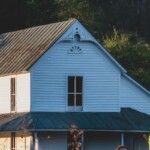

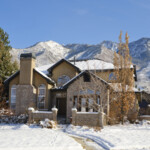
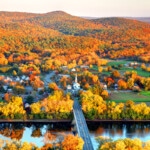



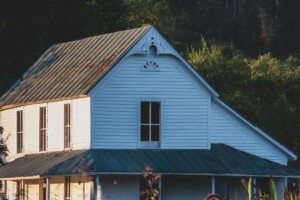

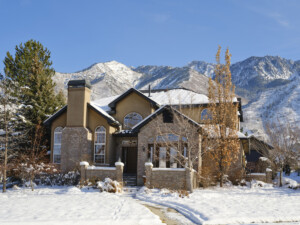
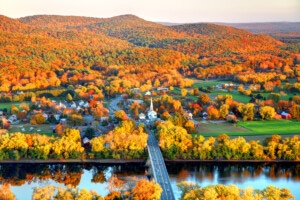
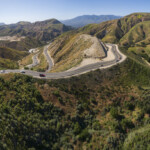
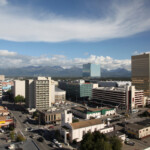
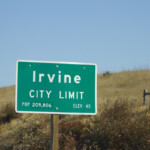









 United States
United States Canada
Canada